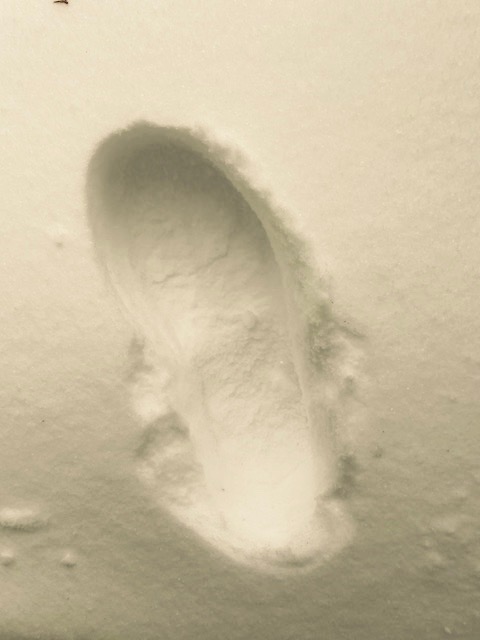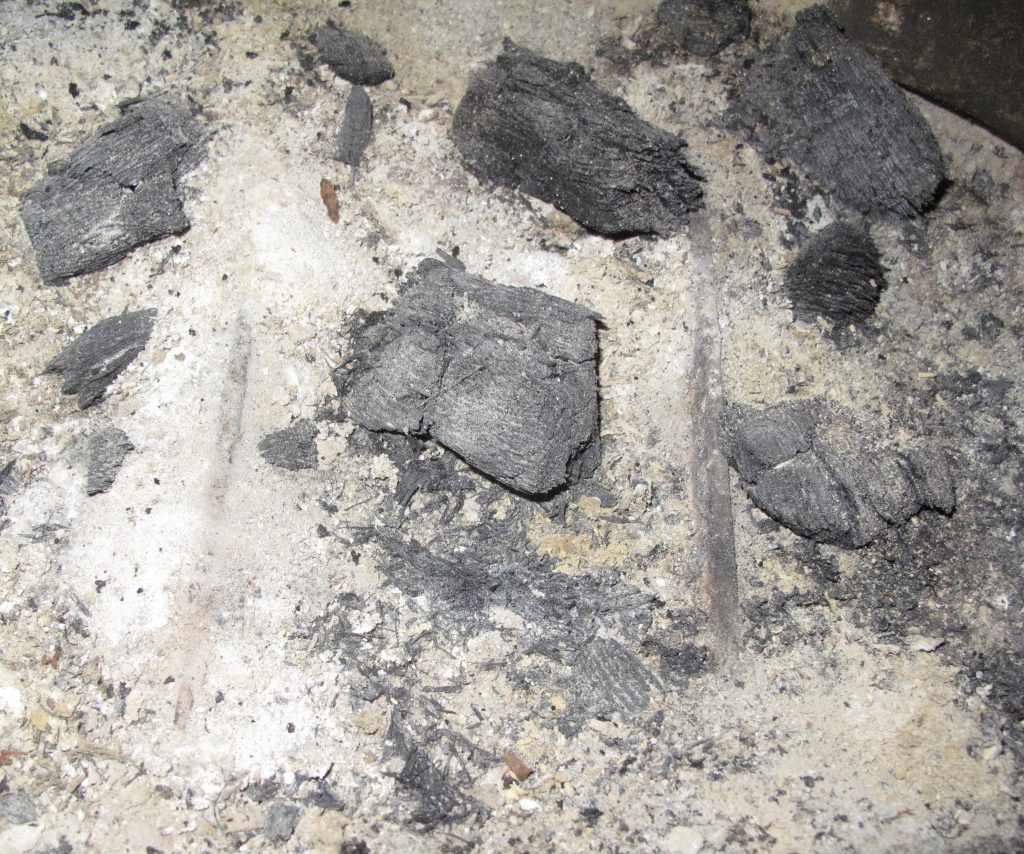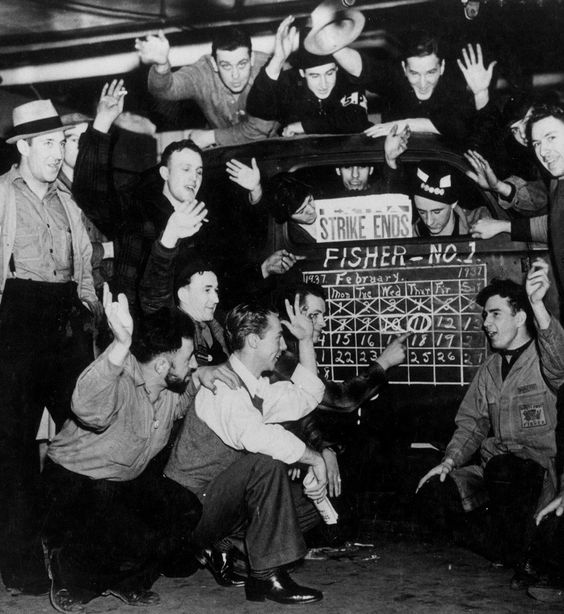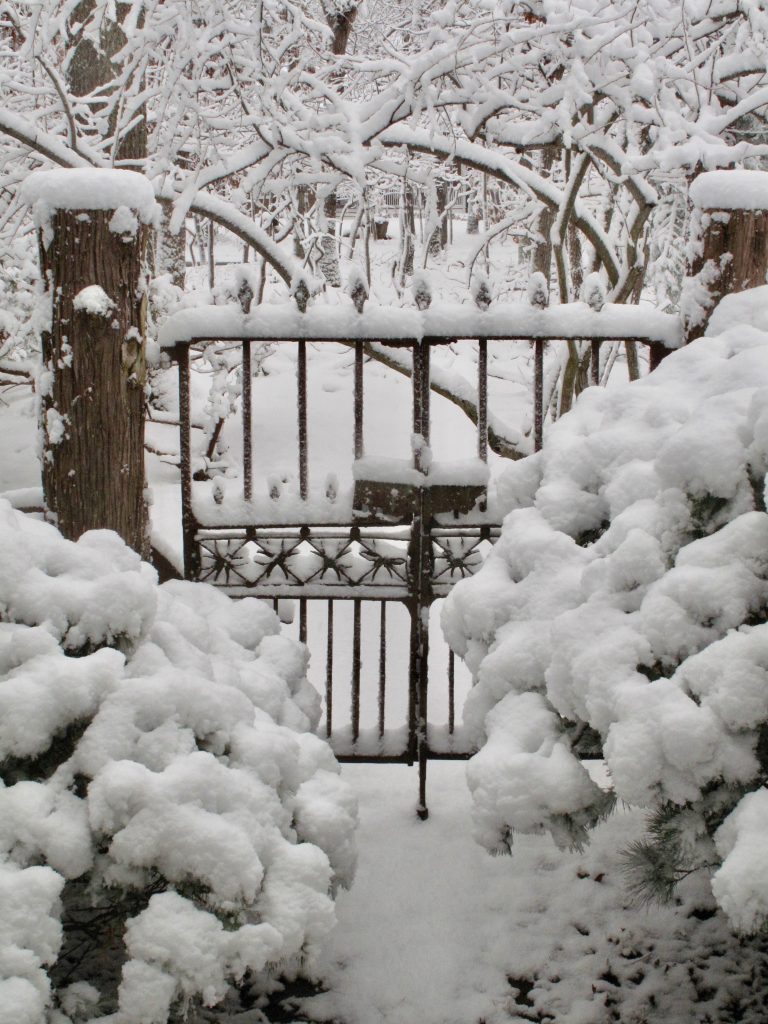
Saturday, January 29
The weather people seem like nuclear-weapons-expert wannabes. Currently, according to AccuWeather, the National Weather Service is speaking of the snowy nor’easter that hit overnight as a “bomb cyclone.” Or, you might prefer “bombogenesis”—a good name for a heavy metal rock band!
THE DOOMSDAY MACHINE! Where is Premier Kissoff when we need him?
But take away the scary verbiage and it means that we’ve gotten around 10 inches of snow so far here on Long Island, more in New Jersey, and—especially since it’s still snowing—ultimately perhaps two feet in Boston.
O.K. Whatever.
At the moment, we have heat and electricity, unlike the unlucky 111,000 in parts of Massachusetts.
Serial crises and never-ending pandemic precautions have prompted me to jot down a timeline of our experiences since March of 2020. During the past two years, we have known lengthy periods of inactivity punctuated by bursts of frantic appointment-keeping.
Here’s what I mean.
Starting in March of 2020, we fled the COVID-overwhelmed city for Long Island…and stayed here for the next six months. Subsequent moments of high drama (yawn) involved arranging bi-weekly food deliveries and getting the local Internet-providing monopoly to hook us up with broadband service.
Then, we spent the month of September, 2020 back in the city. I saw three doctors and a dentist; Emily got two rounds of mammograms, saw two doctors, and took her computer for a virus checkup at Best Buy. We each got haircuts.
Late in September, we returned to Long Island where we spent the next four-and-a-half months…reading long books, streaming videos, doing online word puzzles, cooking, and eating.
Then in February of 2021, we went to the city again. It was at this point we each got our first COVID vaccinations, which we had arranged in a panic via the Walgreens website. (You’d go to NY State, Walgreens, and/or CVS websites early every day, then suddenly…you couldn’t believe it…there’d be an opening! QUICK, BEFORE IT GOES AWAY, make the appointment!) We stayed in Gotham for five weeks, each getting a second vaccination on March 12.
Back to East Hampton, where three more uneventful months elapsed—then back to the city again on June 15 for a frantic round of trips to dentists and doctors.
One medical drama overshadowed all others during this period: a painful, ever-worsening rash on Emily’s midsection. This got so bad that in one area it became an open wound. She tried various ointments and fixes, but nothing worked until her dermatologist gave her samples of a Tylenol-size, salmon-colored pill named Otezla. That was increasingly effective—but to which she appeared to be allergic. With no alternative, she stayed on it for months. And, not to be forgotten: Otezla is jaw-droppingly, mind-bendingly expensive…maybe $68,000 for a year if insurance doesn’t cover it. And for a while it seemed they might not cover it.
In August of 2021, there were compound crises. Late in the month, we ran back to the city to avoid Hurricane Henri, which the weather savants said was certain to hit Eastern Long Island! (It missed.) At the very end of the month (after Emily got her COVID booster shot), we ran back to Long Island to avoid Hurricane Ida, whose flooding made city streets into rivers.

This is beginning to remind me of a shaggy-dog Joseph Conrad story, “Youth,” which I described on this website back in October. Conrad’s ship, Judea, experiences disaster after punishing disaster on its way from England to Southeast Asia. Conrad recounts how the tumult of the cruel ocean “seemed to last for months, for years, for all eternity….”
Anyway, back to us. Three trips to and from the city in November and December put an end to our suffering for 2021. Much of our frenzy at that time was due to my former employer—now known as S&P Global—having canceled our dental insurance. So we had to get lots of treatments finished before the end of the year—multiple crowns, root canals, and gum fix-ups.
Back in November, we had the one social get-together of recent years, aside from our occasional meet-ups with niece Montana. We took the train up to long-time friend Amy’s Westchester apartment, where Jim Guyette (of Hormel strike fame) met us. We sat around and stuffed our un-masked faces for several hours. Momentarily, the worst of the pandemic seemed over. Would we do that again today, after the arrival of Omicron? Probably not.
Dinner: The spicy egg dish shakshuka, cold sesame noodles, and some salad.
Entertainment: the Netflix spy drama In From the Cold.






